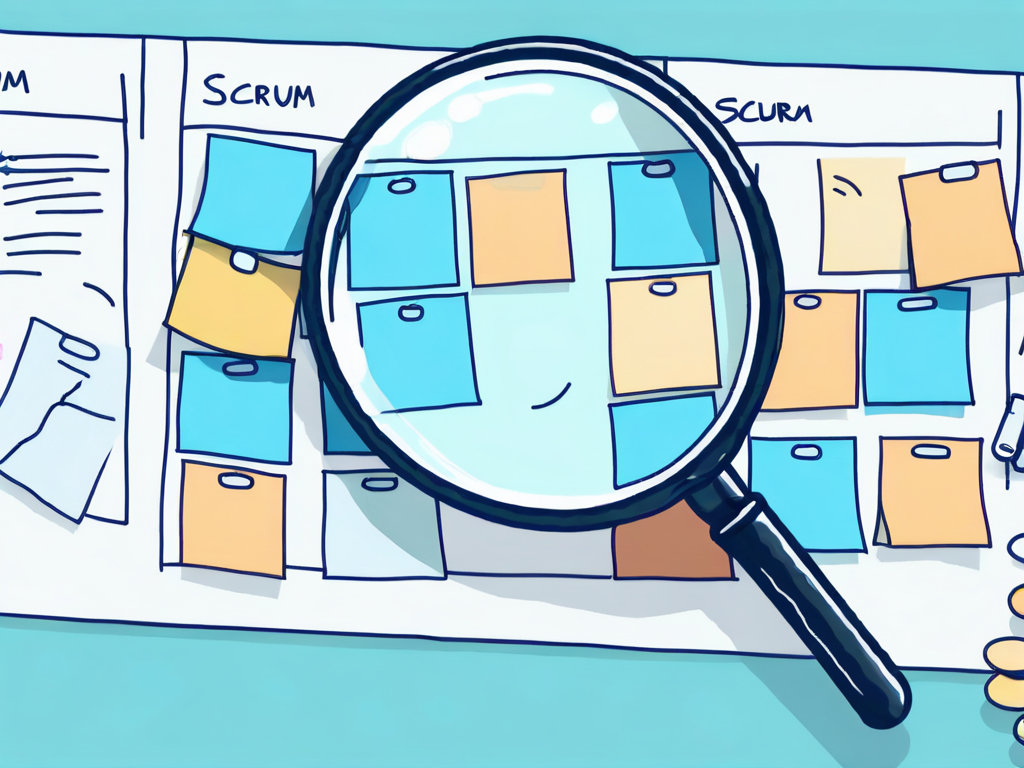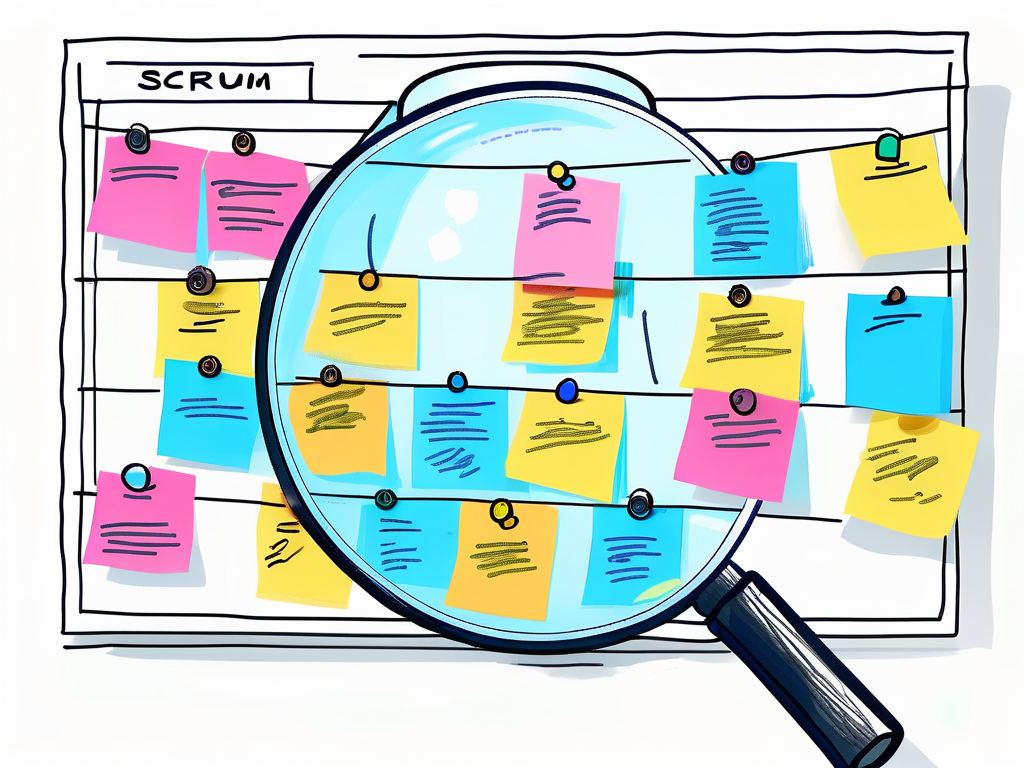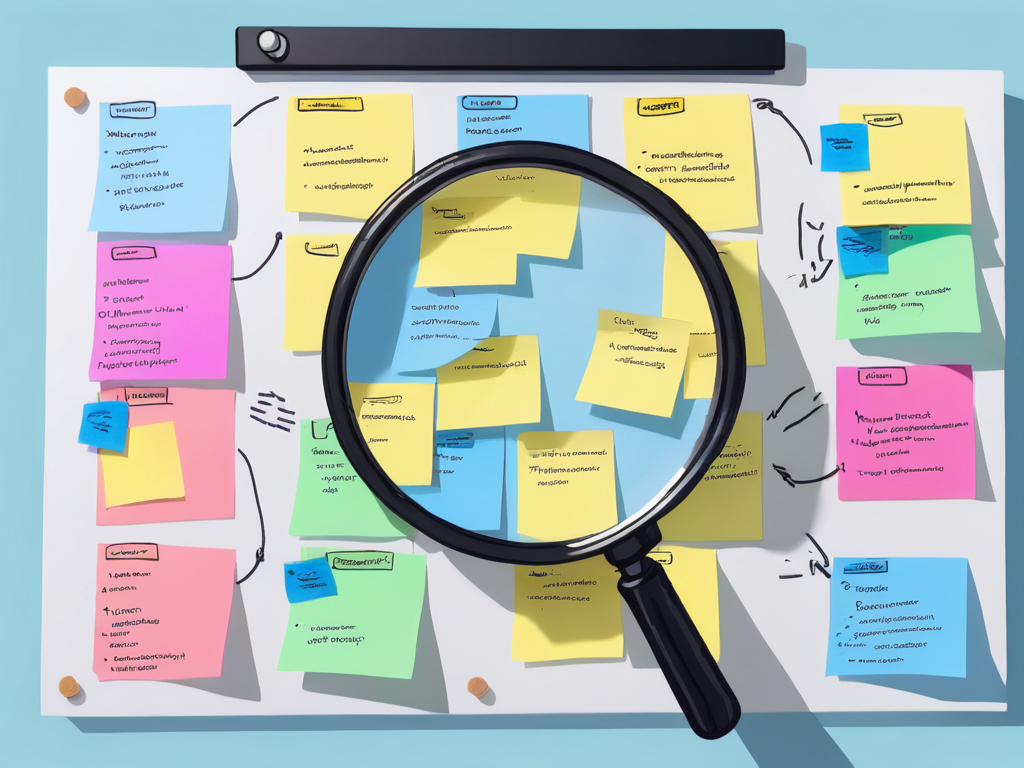· Meredith · tutorials · 9 min read
The Ultimate Guide to Mastering Retrospective in Scrum
Master the Scrum retrospective with our ultimate guide. Elevate your team's performance with essential strategies and resources.

Scrum is a popular framework for Agile software development that emphasizes collaboration, flexibility, and continuous improvement. One of the key ceremonies in Scrum is the retrospective, which allows the team to reflect on their work and identify areas for improvement. In this ultimate guide, we will explore the basics of Scrum retrospective, steps to conduct an effective retrospective, common challenges, and tips for mastering this important ceremony.
Understanding the Basics of Scrum Retrospective
Defining Scrum and Retrospective
Scrum is an Agile framework that helps teams deliver high-quality software by delivering value incrementally and iteratively. It consists of several ceremonies, including the retrospective, which is held at the end of each iteration or sprint. The retrospective is a dedicated time for the team to reflect on their work, identify what went well, what could be improved, and create an action plan for the next sprint.
The Importance of Retrospective in Scrum
The retrospective is a crucial aspect of Scrum as it enables the team to continuously improve and adapt. It provides the opportunity to celebrate successes, address issues, and make changes to enhance productivity and teamwork. Without effective retrospectives, teams may miss out on valuable insights and struggle to identify and address bottlenecks and challenges.
Key Elements of a Successful Scrum Retrospective
A successful retrospective consists of several key elements. First, it requires a safe and open environment where team members feel comfortable sharing their thoughts and opinions. Psychological safety is essential for fostering open and honest communication. Second, a retrospective should be focused on actionable outcomes. The team should clearly define and document action items that will be implemented in the next sprint. Lastly, a retrospective should be timeboxed to ensure that it does not overrun and become inefficient or unproductive.
Let’s delve deeper into the key elements of a successful Scrum retrospective. Creating a safe and open environment is crucial for the success of the retrospective. Team members should feel comfortable expressing their thoughts and opinions without fear of judgment or reprisal. This can be achieved by establishing trust within the team and emphasizing the importance of constructive feedback. When team members feel safe to share their perspectives, the retrospective becomes a valuable platform for open and honest discussions.
In addition to creating a safe environment, a successful retrospective should focus on actionable outcomes. It is not enough to simply identify areas for improvement; the team must also develop concrete action items that can be implemented in the next sprint. These action items should be specific, measurable, attainable, relevant, and time-bound (SMART). By setting clear goals and defining actionable steps, the team can make tangible progress towards improvement.
Steps to Conduct an Effective Scrum Retrospective
Preparing for a Retrospective
Prior to the retrospective, it is important to gather relevant data and information. This can include metrics such as velocity, burndown charts, and customer feedback. Gathering this information allows the team to have a data-driven discussion and identify trends and patterns.
 Additionally, it can be beneficial to gather qualitative data from team members through surveys or interviews. This can provide valuable insights into individual experiences and perspectives, further enriching the retrospective discussion.
Additionally, it can be beneficial to gather qualitative data from team members through surveys or interviews. This can provide valuable insights into individual experiences and perspectives, further enriching the retrospective discussion.
During the preparation phase, it is also important to set the stage for the retrospective. This involves reminding the team of the purpose and goals of the retrospective, as well as establishing the ground rules for the session. By setting clear expectations, the team can focus on constructive dialogue and collaboration.
Conducting the Retrospective Meeting
Once the preparation is complete, it’s time to conduct the retrospective meeting. The meeting can be divided into three main phases: the opening, the exploration, and the closing.
During the opening phase, the facilitator sets the tone, reviews the agenda, and encourages active participation from all team members. It can be helpful to start the meeting with an icebreaker activity or a team-building exercise to create a positive and inclusive atmosphere.
The exploration phase is where the team reflects on the previous sprint. They discuss what went well, what didn’t go as planned, and any potential improvement opportunities. It is important to encourage open and honest feedback, and to focus on specific actions that can be taken to address the identified issues.
Furthermore, it can be beneficial to incorporate visual aids such as whiteboards or sticky notes to help visualize the discussion and make it easier for everyone to contribute their ideas.
Finally, in the closing phase, the team synthesizes the discussions and creates a concrete action plan. This plan should include actionable items, responsible parties, and deadlines. It is important to establish accountability and ensure that the action plan is communicated to all team members.
Post-Retrospective Actions
After the retrospective meeting, it is essential to follow up on the action plan. The team should regularly review progress, track improvements, and make adjustments as needed. By implementing the agreed-upon actions, the team can continuously learn and improve, enhancing their performance and delivering greater value.
In addition to following up on the action plan, it can be valuable to share the retrospective findings and learnings with other teams or stakeholders. This promotes transparency and knowledge sharing, enabling cross-team collaboration and fostering a culture of continuous improvement throughout the organization.
Common Challenges in Scrum Retrospective and How to Overcome Them
Identifying Common Pitfalls
While retrospectives can be highly beneficial, they can also present challenges. One common pitfall is the tendency to focus solely on individual blame, rather than finding solutions as a team. This can create a negative atmosphere and hinder progress. Additionally, time constraints and competing priorities can make it challenging to allocate sufficient time for the retrospective.
 Another challenge that teams often face during retrospectives is the lack of follow-through on action items identified in previous sessions. It’s common for teams to discuss improvements but struggle to implement them effectively, leading to a sense of stagnation and frustration. This lack of tangible progress can diminish the value of the retrospective process over time.
Another challenge that teams often face during retrospectives is the lack of follow-through on action items identified in previous sessions. It’s common for teams to discuss improvements but struggle to implement them effectively, leading to a sense of stagnation and frustration. This lack of tangible progress can diminish the value of the retrospective process over time.
Strategies for Overcoming Challenges
To overcome these challenges, it is crucial to foster a blame-free culture where team members feel safe to share their perspectives. Emphasize that the focus is on identifying improvements rather than pointing fingers. Additionally, make the retrospective a priority by dedicating the necessary time and resources for meaningful discussions. Consider adjusting sprint lengths or allocating specific time slots for the retrospective to ensure it receives the attention it deserves.
Furthermore, to address the issue of follow-through, establish a clear process for tracking and implementing action items. Assign responsibilities to team members for each identified improvement and set measurable goals and timelines for their completion. Regularly revisit these action items in subsequent retrospectives to assess progress and make adjustments as needed, ensuring that the retrospective remains a driver of continuous improvement.
Tips for Mastering Scrum Retrospective
Best Practices for Facilitating Retrospective
As the facilitator of a retrospective, it is important to create a structured and inclusive environment. Encourage equal participation from all team members and ensure that everyone has an opportunity to share their thoughts. Use techniques such as round-robin or anonymous feedback to ensure everyone’s voice is heard. Additionally, focus on actionable outcomes and avoid dwelling on issues that cannot be resolved.
One effective way to create a structured environment is by using a retrospective agenda. This agenda can include specific time slots for different activities, such as gathering data, generating insights, and deciding on action items. By following a well-defined agenda, you can ensure that the retrospective stays on track and covers all necessary aspects.
Another important aspect of facilitating a retrospective is creating a safe space for team members to express their opinions and concerns. This can be achieved by establishing ground rules at the beginning of the retrospective, such as respecting each other’s ideas, practicing active listening, and refraining from judgment. By setting these guidelines, you can foster an environment of trust and openness, allowing team members to freely share their thoughts and contribute to the discussion.
Techniques for Encouraging Team Participation
To enhance team participation, consider utilizing different retrospective techniques. Some commonly used techniques include the starfish retrospective, where the team identifies things to start, stop, continue, or do more of; the timeline retrospective, where the team reflects on the sprint timeline and identifies significant events and their impact; and the five whys retrospective, which involves digging deeper into issues by repeatedly asking “why.” Experiment with different techniques to keep the retrospectives engaging and valuable.
Another technique that can be effective in encouraging team participation is the use of visual aids. Visualizing data and insights can help team members better understand and analyze the information being discussed. You can use tools like whiteboards, sticky notes, or online collaboration platforms to create visual representations of the retrospective findings. This not only makes the retrospective more interactive but also facilitates better comprehension and engagement from the team.
Tools and Resources for Scrum Retrospective
Various tools and resources can support the retrospective process. Digital whiteboards, collaborative online platforms, and project management tools can facilitate remote or distributed team retrospectives. These tools provide a centralized space for team members to contribute their ideas, track action items, and collaborate on improvement initiatives. Additionally, there are numerous books, articles, and online communities dedicated to Scrum and the retrospective process. Leveraging these resources can provide additional insights and guidance for mastering the retrospective.
It is worth mentioning that the retrospective process is not limited to Scrum teams only. Other agile frameworks, such as Kanban or Lean, also emphasize the importance of continuous improvement and reflection. Therefore, exploring resources and tools beyond Scrum-specific ones can broaden your perspective and enable you to adapt and tailor the retrospective process to different contexts and team dynamics.
By understanding the basics, following the steps, overcoming challenges, and implementing best practices, you can master the art of the retrospective in Scrum. Through continuous reflection, improvement, and teamwork, you can enhance productivity, collaboration, and ultimately deliver better software.
Enhance Your Scrum Retrospectives with DailyBot
Ready to take your team’s Scrum retrospectives to the next level? With DailyBot, remote teams can achieve unparalleled transparency and efficiency in their Agile processes. As the ultimate async productivity tool integrated into chat platforms like Slack, Google Chat, Discord, and Microsoft Teams, DailyBot streamlines your workflows. Utilize “Check-ins” to bypass time-consuming meetings, share progress transparently, and effortlessly sync with tools like GitHub or Jira. Automate routine commands, run insightful surveys, and foster a culture of recognition with Kudos—all within your chat environment. Plus, with DailyBot’s ChatGPT integration, your personal AI-assistant is ready to enhance your retrospectives and automate processes with the power of generative AI. Don’t miss the opportunity to transform your retrospectives and overall team collaboration. Try DailyBot for free today and witness the impact of seamless productivity on your Scrum journey.






